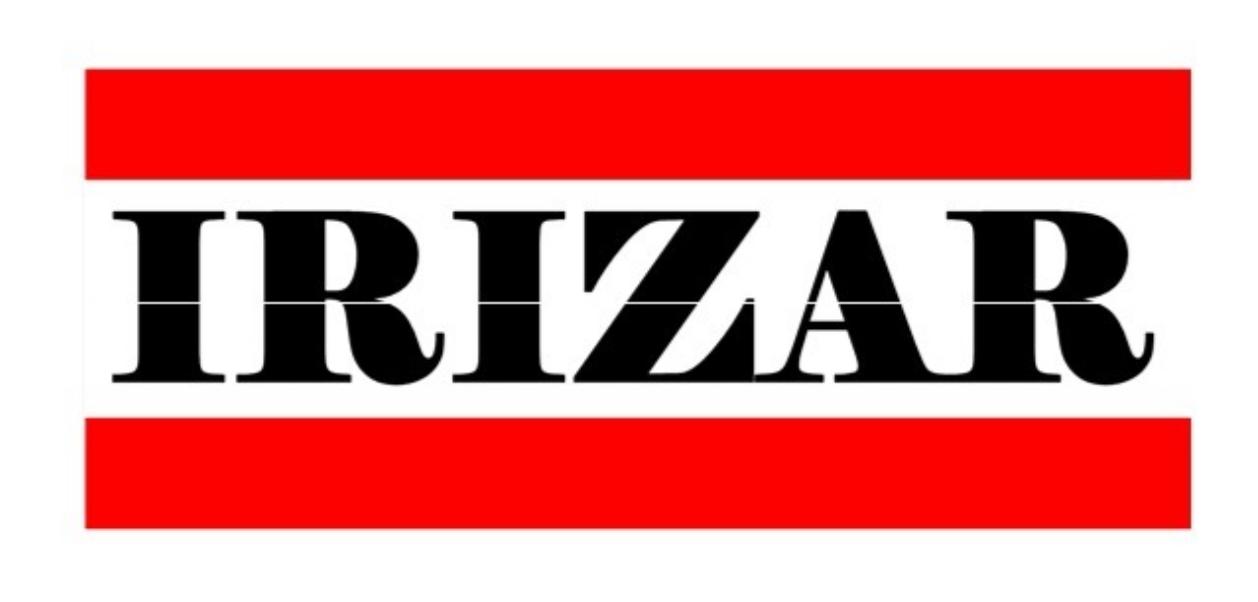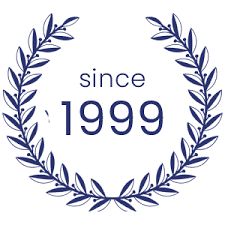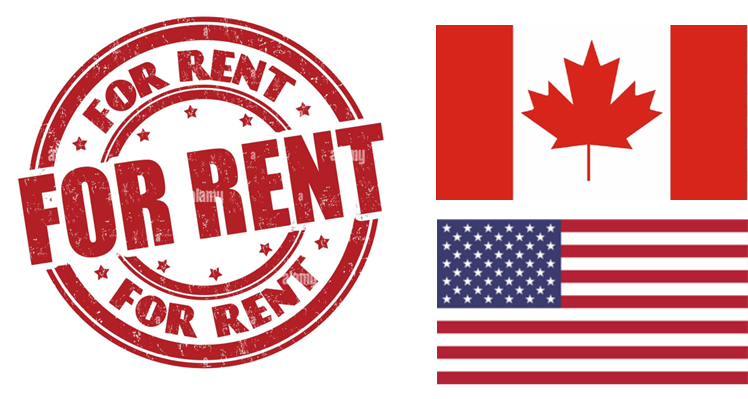FAQ [Frequently Asked Questions]: The format is a list of questions and answers to help understand subjects related to our products.
KB [Knowledge Base]: It is a hub created to support our customers, offering easy access to effective tips and enhancing the overall user experience.
QA [Quality Assurance]: The benefits of product testing include, among others, improving quality, reducing the risk of failures, increasing customer satisfaction, achieving cost savings, ensuring compliance with industrial standards and regulations, gaining a market advantage, driving innovation, differentiation, and facilitating continuous improvement and optimization.





